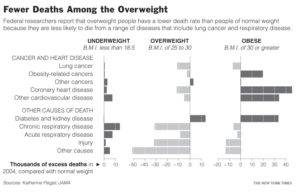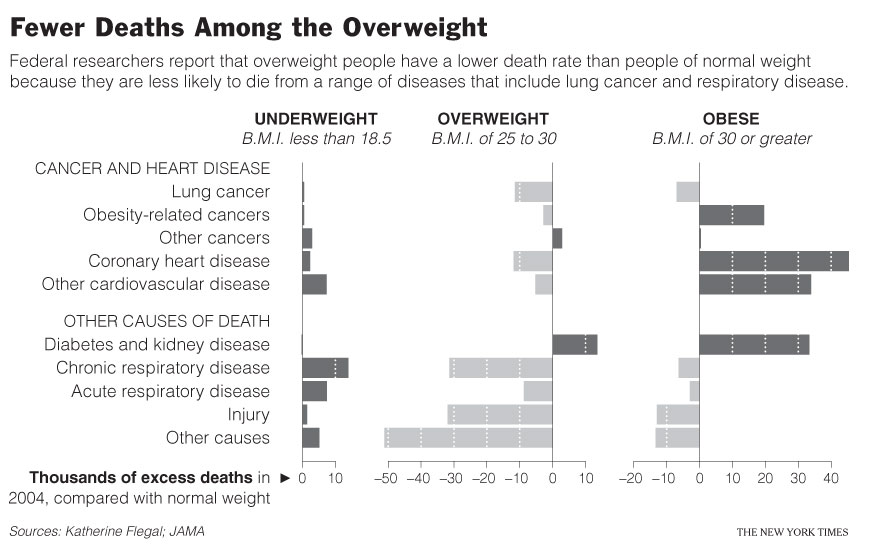It’s amazing to me how many times I read an article and end up disagreeing with the conclusion. Not because I don’t like the results, but I don’t like how they arrived at the conclusion. For example I read an article stating that California leads the nation in motorcycle theft rates.
This inflammatory article leaves out some critical facts, without which a true conclusion cannot be deduced. The fact is that California is a state where motorcyclists can ride almost year-round, these statistics don’t reflect this. The simple fact is that there are more bikes registered here than in most states.
For example:
Thefts in article: California (9,110)
“Of the more than 28 million cars, light trucks and motorcycles registered in California, fewer than 600,000 (or about 2 percent) are motorcycles.” Monday, October 4, 2004 http://www.sfgate.com/cgi-bin/article.cgi?f=/c/a/2004/10/04/BAG9S93DBM1.DTL
Thats a 1.51% theft rate.
Thefts in article: Florida (6,324)
Registered motorcycles in Florida “in 2004 was approx. 410,439.” http://www.gaijinbikers.com/wp/
Thats a 1.54% theft rate.
So even though there were “more bikes stolen” there was a lower percentage of bikes stolen. But unless a reader tears through all the facts, and reads the article with a critical eye they could be duped into believing anything.
 Here’s another example. The JAMA Journal of American Medical Association (JAMA) recently reported that being “overweight”, having a Body Mass Index (BMI) of 25-30, actually reduces your risk of death when compared to “underweight” people, BMI less than 18.5. Well the New york times ran with this, including an easy to read graphic, at left.
Here’s another example. The JAMA Journal of American Medical Association (JAMA) recently reported that being “overweight”, having a Body Mass Index (BMI) of 25-30, actually reduces your risk of death when compared to “underweight” people, BMI less than 18.5. Well the New york times ran with this, including an easy to read graphic, at left.
Now the rub. The article is clearly setting out that being overweight will reduce your chances of dying from respiratory disease, injuries, lung cancer, coronary heart disease and other cardiovascular diseases. The article doesn’t represent what other effects contribute to the numbers. Here is a great example.
BMI is a number derived from height and weight. I weigh 163 pounds, am 5′ 9″ and have a BMI of 24.1. Just under the Overweight category in this article. Where in this equation is body fat percentage? Not there. Body Mass Index is not a measure of body density, only height and weight. Fat is less dense than muscle, so an athletic person of 5′ 9″ would score a higher BMI, than an overweight person of 5′ 9″. So using BMI alone for this data is a gross simplification of human anatomy and could lead people to the wrong conclusion. Being fat will not help you fight off these diseases and injuries. In all likelihood it will increase your risks, lower your quality of life, and introduce other health problems. More than likely being active, and more muscle toned (more dense, higher BMI) are the true cause of the decrease in deaths.
Think about it. When in your lifetime have you ever heard a report saying that being inactive was healthy? How many reports have you heard that indicate that obesity results in diabetes, heart failure, joint problems, loss of sex drive etc… Look at the longevity numbers for countries with lower obesity like Japan, and Europe. Clearly this article lacks clarity, and misinforms it’s readers.
These two examples, are just the tip of the iceberg. Statistics don’t lie, but they may lead you to false conclusions. The unfortunate side affect of neatly packaged generalizations is they don’t tell the whole story. When you lose all the little details you may be missing key facts that explain the real underlying system. As readers we all need to tear apart the “facts” and really analyze if there might be something else going on behind the numbers. Additionally the media, politicians, lobbyists, and most especially scientists need to do a better job of disclosing the full set of facts in these studies, clearly outlining where their data may be incomplete, and any factors that could be skewing the numbers. Until that happens its up to us, the readers, to read between the lines and become critical readers that don’t believe everything we see in print.
